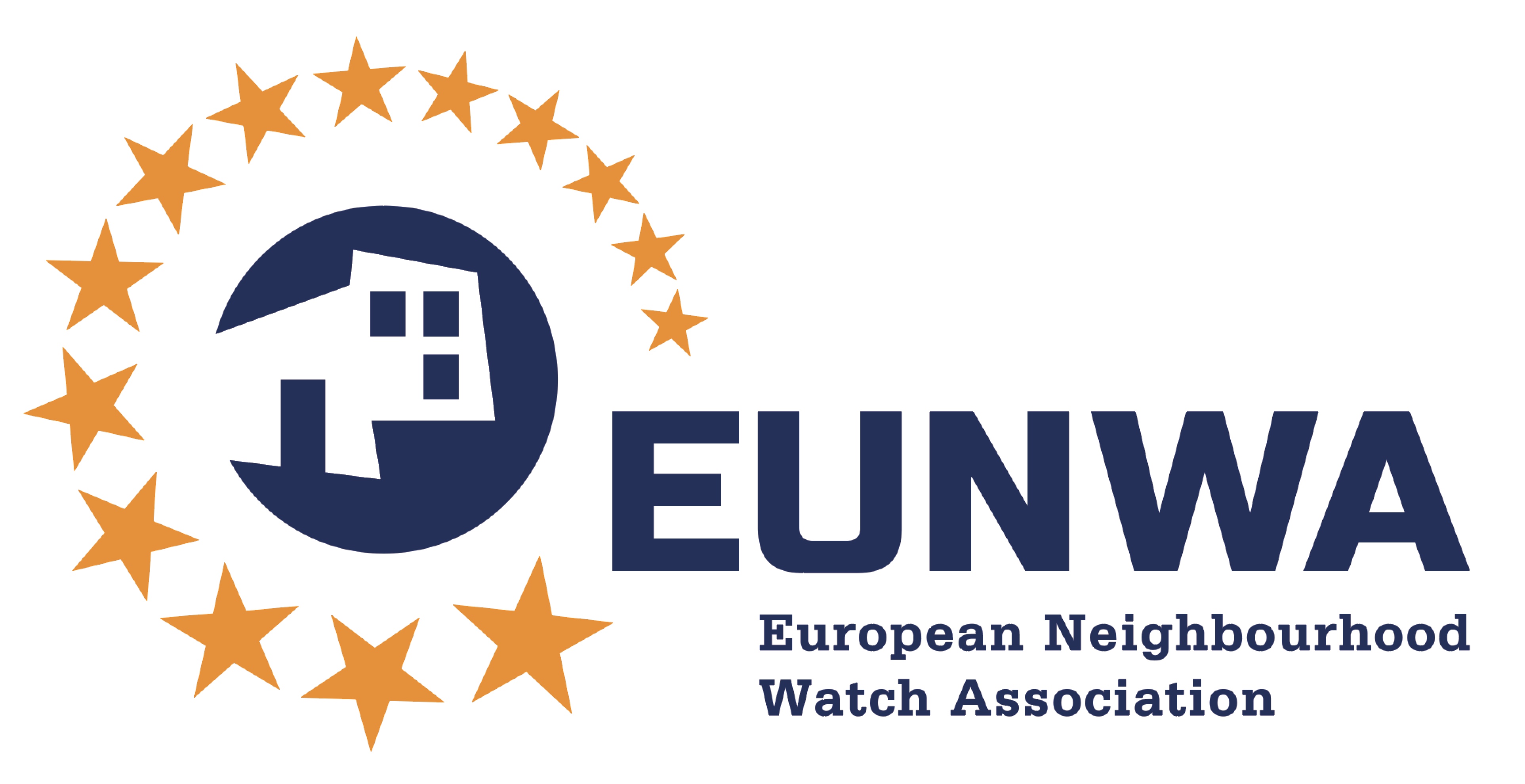The bystander effect, also known as the apathetic bystander effect or diffusion of responsibility, is a psychological phenomenon that occurs when people are less likely to help or intervene in an emergency situation when surrounded by other individuals. In other words, the larger the number of people present, the less likely it is that any one of them will feel responsible to act.
This phenomenon was first observed and studied in the 1960s following the Kitty Genovese incident, when a young woman was attacked and killed in New York City while many people nearby listened to her cries for help without intervening. This tragic case led psychologists to examine human behaviour in emergency situations and led to the formulation of the bystander effect.
The main causes of the bystander effect include:
- Diffusion of responsibility: When many people are present, everyone tends to assume that someone else will take care of the situation. This can lead to inaction, as no one feels directly responsible for helping the victim.
- Social conformity: People often look to other people to figure out how to behave in a given situation. If the others seem calm or indifferent, the observer is more likely to behave in the same way.
- Fear of judgement: People may avoid intervening for fear of negative judgement from other people present. For example, they may worry about looking stupid or putting themselves in a dangerous situation.
To challenge the bystander effect and promote help in emergency situations, it is important to raise awareness and teach people how to react. Some suggestions include:
- Awareness-raising: Awareness of the bystander effect is the first step to overcome it. People should be informed about this phenomenon and the risks involved.
- Intervention training: People can be trained to react in emergency situations through first aid courses and specific training.
- Individual empowerment: It is important to encourage people to feel responsible and to act if they feel someone is in danger. This can be promoted through awareness-raising campaigns.
- Effective communication: In emergency situations, people can be encouraged to clearly communicate their intentions and assign specific tasks to the people present.
The bystander effect is a complex phenomenon that can have serious consequences in emergency situations. However, with awareness and education, it can be overcome and a more responsible and supportive behaviour on the part of people can be encouraged.
Neighbourhood Watch is a community approach to urban security that can make a significant contribution to overcoming the bystander effect. It involves the residents of a given area in monitoring and developing security in their community. Here is how Neighbourhood Watch can help counter the bystander effect:
- Creating a support network: Neighbourhood Watch promotes social cohesion and connection between neighbours. When people know and trust each other, they are more likely to respond when an emergency or dangerous situation arises. This sense of community can break the bystander effect, as people are more likely to feel responsible for their neighbours.
- Active communication: Neighbourhood Watch organisations often promote active communication between residents. This may include the use of chat groups, messaging apps or regular meetings to discuss issues of safety and well-being in the community. When people communicate regularly and share information, they are more likely to report emergency situations and help each other.
- Shared vigilance: Neighbourhood Watch encourages residents to be vigilant about suspicious or unusual activities in their area. This does not mean that people have to be vigilant 24 hours a day, but rather that they can report unusual behaviour to the relevant authorities. This helps create an environment of shared security where people feel responsible for the wellbeing of the community.
- Training and awareness-raising: Neighbourhood Watch organisations can provide security training and information to residents. This helps them recognise emergency situations and act appropriately, overcoming the bystander effect through empowerment and self-efficacy.
- Partnership with Law Enforcement Agencies: Neighbourhood Watch very often cooperates with local Law Enforcement Agencies to report and resolve security problems. This cooperation can improve the efficiency of emergency responses and strengthen trust between the community and Law Enforcement Agencies.
Neighbourhood Watch promotes an environment where people feel more responsible for each other and for the security of their community. This helps overcome the bystander effect, as people are more likely to intervene and help when they see an emergency or dangerous situation.
Francesco Caccetta - ANCDV Board

